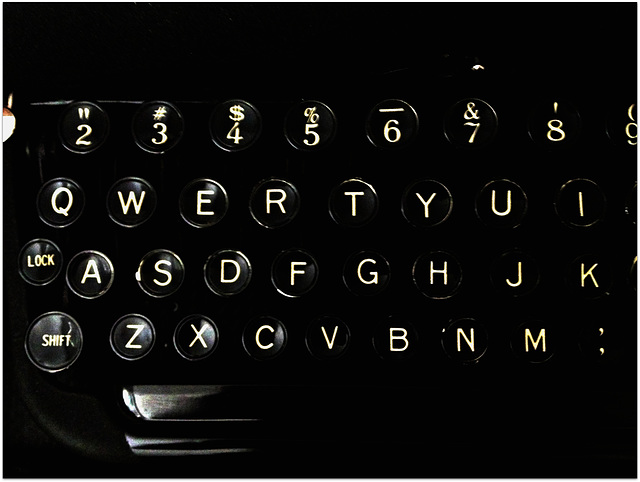Snail
Market Street
Panta Rhei ~ All flows
Flowers
Autumn
Lowenmensch
Immigrants
Copernicus
Colors of the mountains
An Oriental vegetable
Crab apples and the Fall morning light
Twins in the morning
Mom's Diner
After the rain / ಆಫ್ಟರ್ ದಿ ರೈನ್
No Newton for a Blade of grass
Flummoxed
Breakfast time
Contingency
Countryside
India Summer of the Heart
White rose
ON THE BEACH
Farmer's Market
Farmer's Market
Carmichael
Farmer's Market
Farmer's Market
Shaved Ice
Down the Memory lane
Down the Memory lane
Neck of the wood
The place I call home
Machine that refused money
Keywords
Authorizations, license
-
Visible by: Everyone -
All rights reserved
- Photo replaced on 08 Sep 2017
-
157 visits
- Keyboard shortcuts:
Jump to top
RSS feed- Latest comments - Subscribe to the comment feeds of this photo
- ipernity © 2007-2024
- Help & Contact
|
Club news
|
About ipernity
|
History |
ipernity Club & Prices |
Guide of good conduct
Donate | Group guidelines | Privacy policy | Terms of use | Statutes | In memoria -
Facebook
Twitter



This process is sometimes called 'path dependency,' where systems get slotted into channels, and the QWERTY example is illuminating. Regular users of computers and locked by the history into the QWERTY keyboard, designed for nineteenth-century typewriters whose key striking mechanisms were too slow for human finger speed. Even though more than 70 percent of English words can be produced with the letters DHIATENSOR, a quick glance at the key board will show the most of these letters are not in a strong striking position (home row struck by the strong first two fingers of each hand). All the vowels ion QWERTY, in fact, are removed from the strongest striking positions, leaving only 32 percent of the typing on the home row. Only about 100 words can be typed exclusively on the home row, while the weaker left hand is required to type over 3,000 different words alone not using the right hand at all. Another check of the keyboard reveals the alphabetic sequence (minus the vowels) DFGHJKL. It appears that the original key arrangement was just a straight alphabetical sequence, which made sense in early experiments before testing was done to determine a faster alignment. The vowels were removed to slow the typist down, to prevent key jamming. This problem was eventually remedied, but by then QWERTY was so entrenched in the system (through manuals, teaching techniques, and other social necessities) that it became virtually impossible to change. Unless the major typewriter and computer companies, along with typing schools, teachers and publishers of typewriter manuals, and a majority of typists all decide to change simultaneously, we are stuck with the QWERTY system indefinitely.
Gould's biological version of this process is what he calls the 'Panda Principle': "The complex and curious pathways of history guarantee that most organisms and ecosystems cannot be designed optimally." Extending this principle to technology we might call it the QWERTY principle: "Historical events that come together in an unplanned way create inevitable historical outcomes" ~ Page 220
Sign-in to write a comment.